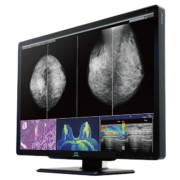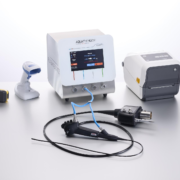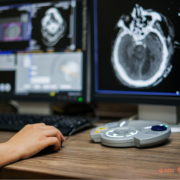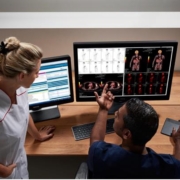JVCKENWOOD looks back on a successful and eventful year
Trade show participation and major projects boost business JVCKENWOOD looks back on a successful and eventful 2022. “It was eventful because, with the International Medical Imaging Exhibition (ITEM) in Japan and the European Congress of Radiology in Vienna, two very important trade fairs for us were held live on site again for the first time […]











